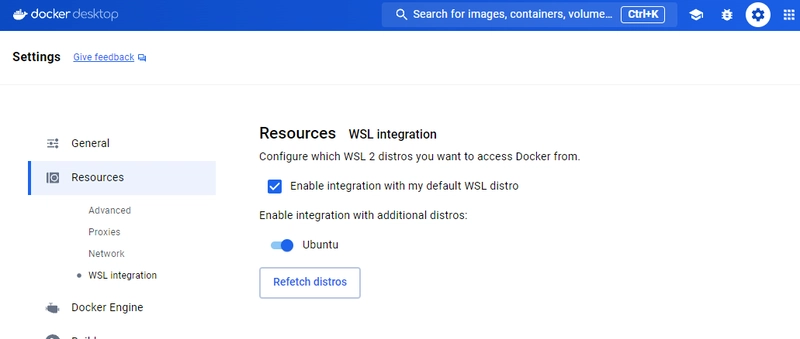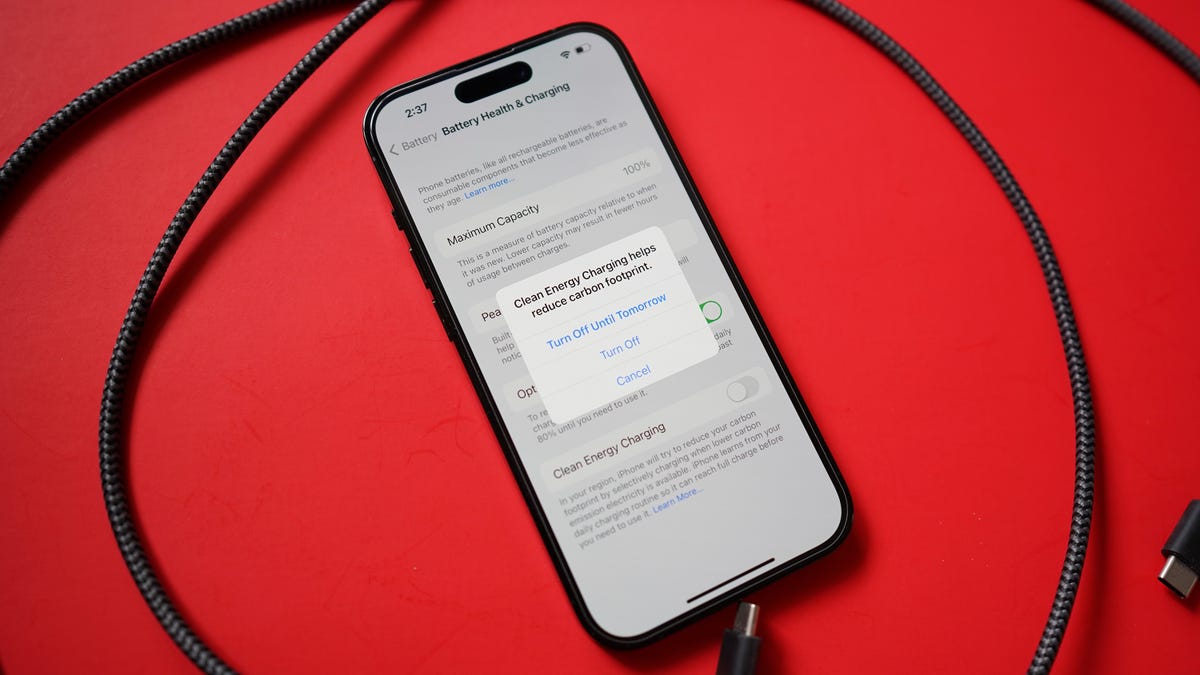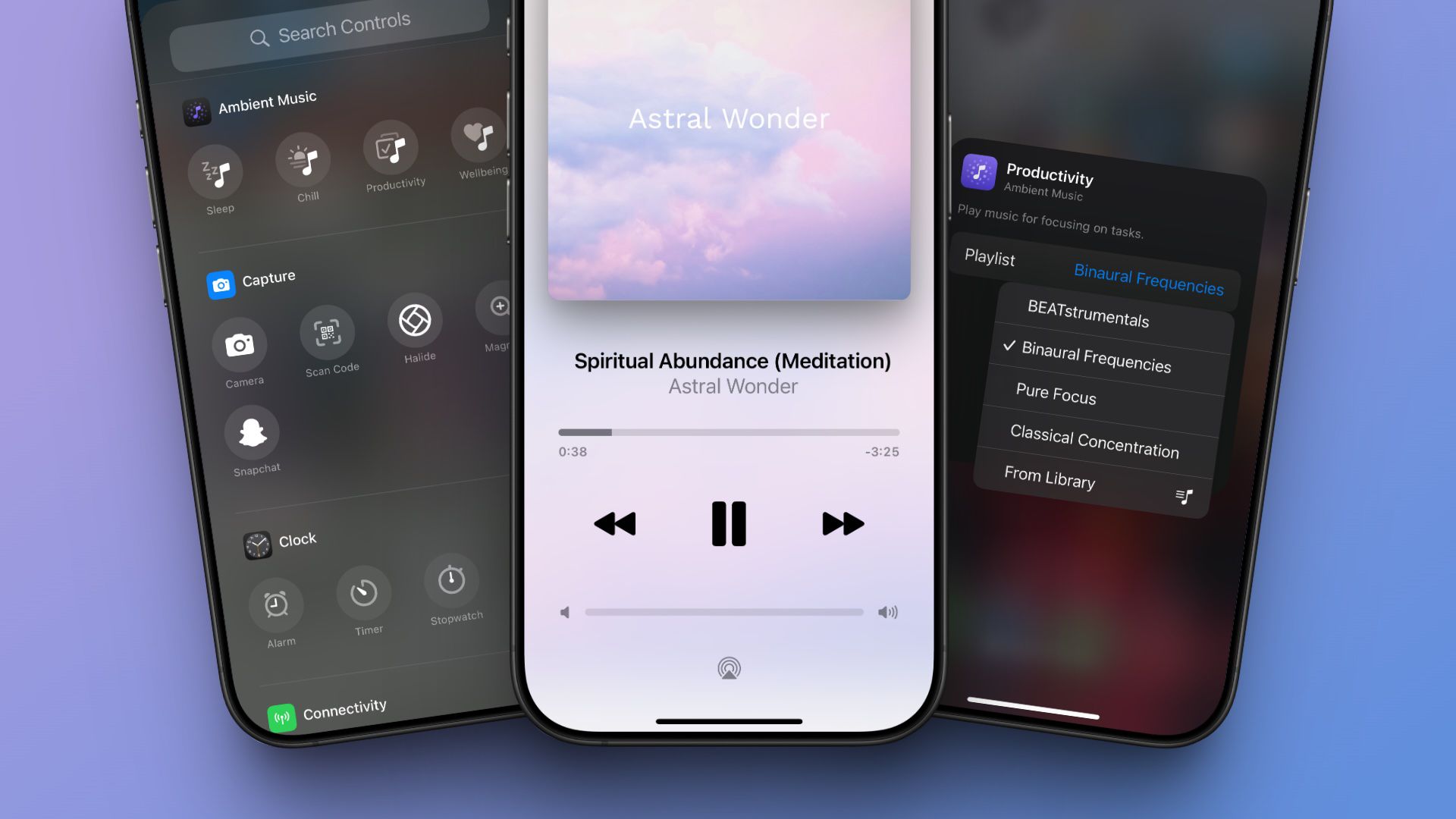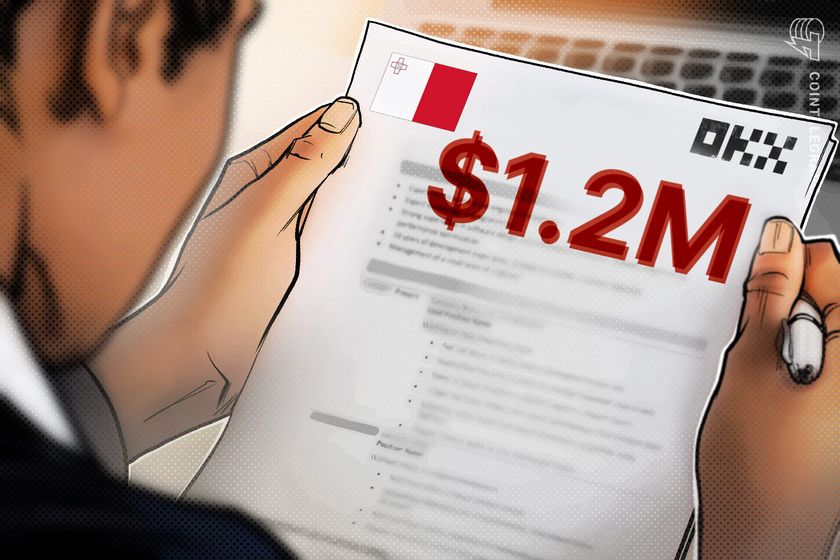Behind the scenes of a pitch deck review: A VC’s perspective
For founders, sending a pitch deck to a venture capital (VC) fund can feel like casting a message into the void. You might wonder: Did they see it? Did it resonate? Should I follow up again? Let me take you behind the curtain of what really happens when a startup sends a pitch deck to […] The post Behind the scenes of a pitch deck review: A VC’s perspective appeared first on EU-Startups.

For founders, sending a pitch deck to a venture capital (VC) fund can feel like casting a message into the void. You might wonder: Did they see it? Did it resonate? Should I follow up again? Let me take you behind the curtain of what really happens when a startup sends a pitch deck to a VC fund—and why the lack of response after one or two follow-ups often means it’s not the right fit.
First, understand the scale. A VC inbox isn’t just busy—it’s inundated. Depending on the fund’s focus, a partner might receive dozens, if not hundreds, of pitch decks every week. This sheer volume means every email and deck competes for limited attention, forcing VCs to make snap judgments about which ones to prioritize.
Despite this, VCs genuinely want to uncover the next big opportunity. Missing out on a great deal—the infamous “anti-portfolio”—is one of our greatest fears. This is why we do read or at least skim nearly every deck that lands in our inbox, even if it’s a few days (or weeks) later. But here’s the reality: most don’t make it past the first filter.
So, how do investors make their decisions, and how can you increase your chances of securing an initial call with the investment team?
Step 1: Survive the initial screening
Our initial review process is incredibly fast, as we skim for red and green flags to quickly identify opportunities aligned with our investment thesis. At this stage, we focus on two key elements: whether the startup fits our investment criteria and whether there are clear signs of strong execution.
As a consumer-focused VC fund investing in seed-stage startups, we look for indicators such as:
- The startup is incorporated in our geographical region.
- It operates as a marketplace, B2C, or B2B company targeting SMEs.
- It is in the early stages of development.
If your email or deck doesn’t address these points—or includes terms outside our scope, such as enterprise sales, medtech, or sales-led growth—it’s unlikely to progress further.
We also prioritize clarity in communication. A well-structured email with bolded key points and concise phrasing makes a significant impact. Simplicity is key, as most people naturally focus on the beginning of paragraphs or emphasized text when reading quickly. Use this to ensure your core message captures our attention right away.
Step 2: Have your deck ready
When a pitch catches our interest, the next step is to open the deck. Avoid unnecessary friction, like requiring us to request the deck separately—it will only slow the process down. A polished 8-slide deck is often sufficient, covering the essentials:
- The problem you’re solving and why it matters.
- Your solution and what makes it unique or defensible.
- Go-to-market strategy: How do you plan to reach your customers and gain traction?
- Traction: Revenue, user growth, or partnerships to show validation.
- Market opportunity: Is it large, growing, and attractive?
- Competition: How do you stand out in a crowded market?
- The team: Why are you uniquely positioned to execute this vision?
- Fundraising details: How much are you raising, and for what milestones?
Pro tip: Share what sets you apart—your secret sauce. The goal isn’t to answer every question in detail but to spark curiosity and excitement for a deeper conversation.
Step 3: Keep the momentum going
Congratulations on reaching this stage! If you’ve made it this far, you’re likely a strong fit for our investment thesis. Now it’s time to ensure you’re fully prepared for the investment process by focusing on two key areas: creating a well-organized data room and managing your timing effectively.
Data room essentials
Many founders feel overwhelmed by compiling extensive materials, but it’s best to prioritize the essentials if you’re just starting out. Include:
- A clear and comprehensive pitch deck.
- Detailed financials (both historical and projected).
- A document outlining your key metrics (or access to tools like Amplitude or MixPanel).
- An updated cap table.
Ideally, these materials should already be part of your business operations—not just created for fundraising. Regularly tracking these metrics not only helps you make informed decisions but also shows investors you have a solid grasp of your business.
Time management
Fundraising can be time-intensive, involving numerous calls, follow-ups, and addressing varying investor expectations. Without strong time management, it’s easy to lose momentum. Build relationships with investors in advance, research those who align with your goals, and commit fully to discussions. A focused and deliberate approach will help you manage the process effectively.
One common pitfall is inconsistent communication. Promising conversations often stall because materials are hard to obtain or dialogue becomes sporadic. Remember, “How you do anything is how you do everything.” If you’re not on top of metrics during fundraising, it raises concerns about your startup’s overall health. Similarly, poor communication with investors suggests it might worsen post-investment.
Being organized, responsive, and transparent strengthens your chances of securing funding and builds trust and credibility.

What if I haven’t received a reply?
We do our best to respond to every email within our focus, but during peak seasons, some might fall through the cracks. Feel free to follow up to bring your email back to the top. Timing matters—December and January often see fewer startups actively fundraising, increasing your chances of getting noticed.
However, if you still don’t hear back after one or two follow-ups, it’s likely not a fit for our investment thesis. This doesn’t mean your startup isn’t valuable; it just means we’re not the right investors for your idea.
A word of advice to founders
Don’t over-engineer the process. Instead of agonizing over every word in your email, focus on building and refining your business. VCs look for signals of execution and adaptability. A clear, concise pitch backed by tangible progress is your best bet to cut through the noise.
Remember, venture capital is about relationships and timing. Even if your first outreach doesn’t land, you’re now on the radar—and in this industry, that’s often the first step toward opportunity.
The post Behind the scenes of a pitch deck review: A VC’s perspective appeared first on EU-Startups.











































































































































































![[The AI Show Episode 142]: ChatGPT’s New Image Generator, Studio Ghibli Craze and Backlash, Gemini 2.5, OpenAI Academy, 4o Updates, Vibe Marketing & xAI Acquires X](https://www.marketingaiinstitute.com/hubfs/ep%20142%20cover.png)






























































































































































































































































































































































































![YouTube Announces New Creation Tools for Shorts [Video]](https://www.iclarified.com/images/news/96923/96923/96923-640.jpg)

![Apple Faces New Tariffs but Has Options to Soften the Blow [Kuo]](https://www.iclarified.com/images/news/96921/96921/96921-640.jpg)
































































































































